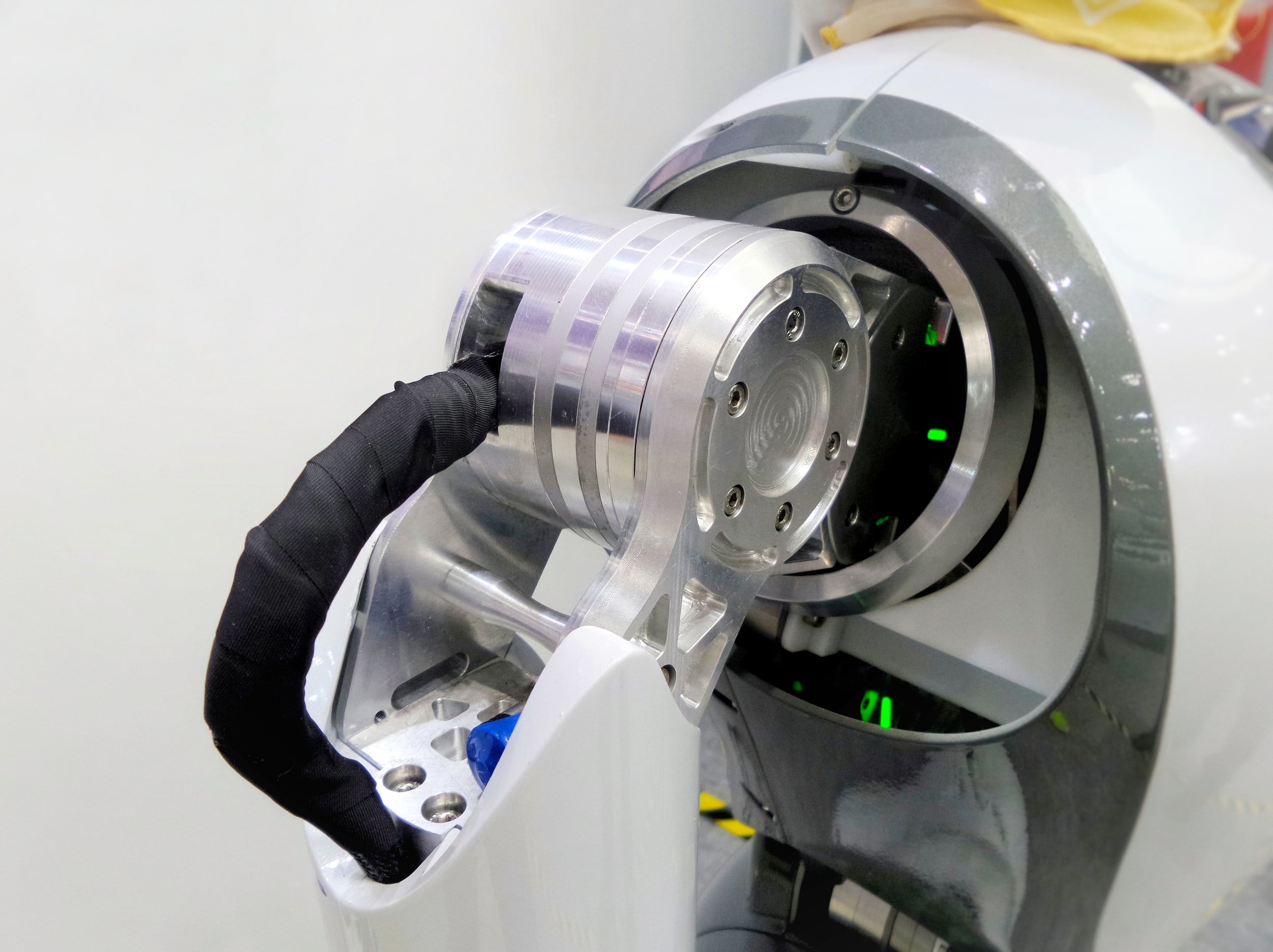
Work Packages
-
Lead: Wargon innovation AB
WP1 demonstrate the industrial application of new technologies for textile circularity. To do so, the consortium develops and designs semi-automated workstations for repair and dismantling of textiles. For reuse and recycling, we optimise and improve textile sorting operations by developing digital solutions. Finally, the consortium develops (pre-)processing technologies to enable post-consumer textile-to-textile recycling for cotton and polyester.
-
Lead: Research Institutes of Sweden
WP2 develops the capacity and infrastructure for circular textiles and supporting a large scale sector-wide uptake. To this end, the partners builds a scenario for circular textile & clothing transition based on analysis of (digital) infrastructure needs, and of material and post-consumer textile flows. In addition, open data standard for digital information access are being created along textile value chain (including harmonisation of vocabulary and formats). A textile channeling decision tree providing decision support in sorting for reuse and recycling also is being developed. CISUTAC also designs circular guidelines for the product teams in the sportswear, workwear and fashion.
-
Lead: Wageningen University & Research
WP3 is all about behaviour. Consumer studies are performed in Antwerp, Belgium, in cooperation with partners’ shops, with the objective of validating a methodology to roll out across Europe. Motivations, opportunities and capabilities of consumers are being explored, business models with a focus on reuse & repair are being developed, and guidelines for local applications of circularity are being designed.
-
Lead: Centexbel
WP4 focuses on the 3 pilots to demonstrate the feasibility and value of repair and disassembly, sorting, and circular garments. WP1, WP2 and WP3 feed to the work to gather all the necessary requirements to design and run the pilots. After the implementation of the pilots, an evaluation of their replication and scale up potential will be done.
-
Lead: Euratex
WP5 interacts with the textile and clothing sector, as well as consumers, to raise awareness about the environmental impact. For this purpose, CISUTAC discusses with the stakeholders to build a shared vision a more circular and sustainable European textile sector. This helps provide input for policy, standardisation and certification to facilitate the transition to a circular economy. We also liaise with other EU projects to set up a ‘Textile Circularity Multiplier Initiative’ to assure interaction and knowledge exchange. Training and education materials, including masterclasses and a Massive Open Online Course (MOOC) are being developed for the sector, and awareness campaign for EU citizens on the environmental impact of clothes is carried out.
-
Lead: Research Institutes of Sweden
WP6 understands the benefits, trade-offs and risks of specific scenarios, in terms of resource, environmental and social impact, and costs. To do so, CISUTAC defines processes for sustainability assessment and setting the scope for analyses, and perform life cycle assessment, life cycle costing and life cycle assessment.
-
Lead: STAM
WP7 communicates about the activities and results of the CISUTAC project. This includes market analysis and specific circular business plans development, as well as communications activities such as social media, newsletters, awareness campaigns and a final event. CISUTAC also keeps an Intellectual property rights directory in order to clearly define the ownership of the various assets.
-
Lead: Centexbel
WP8’s goal is to efficiently manage the CISUTAC project on both an administrative and technical level. It includes day-to-day coordination, activity reporting, and risk management, and monitoring data collection, generation of new data, and ethical aspects.
